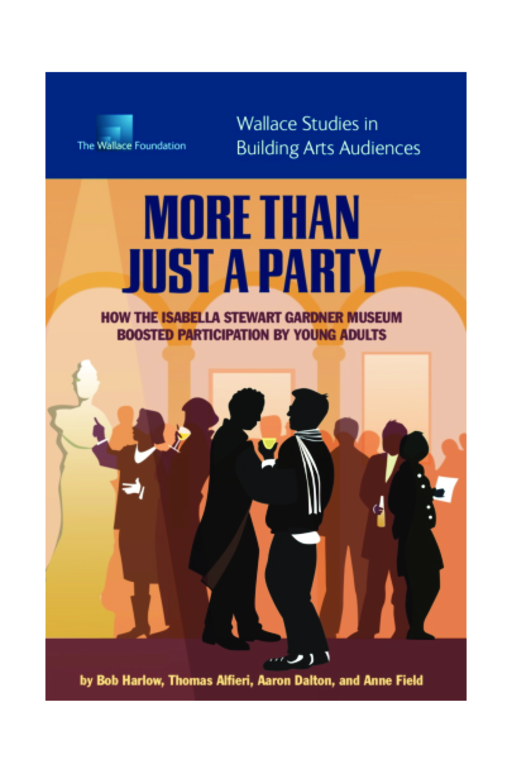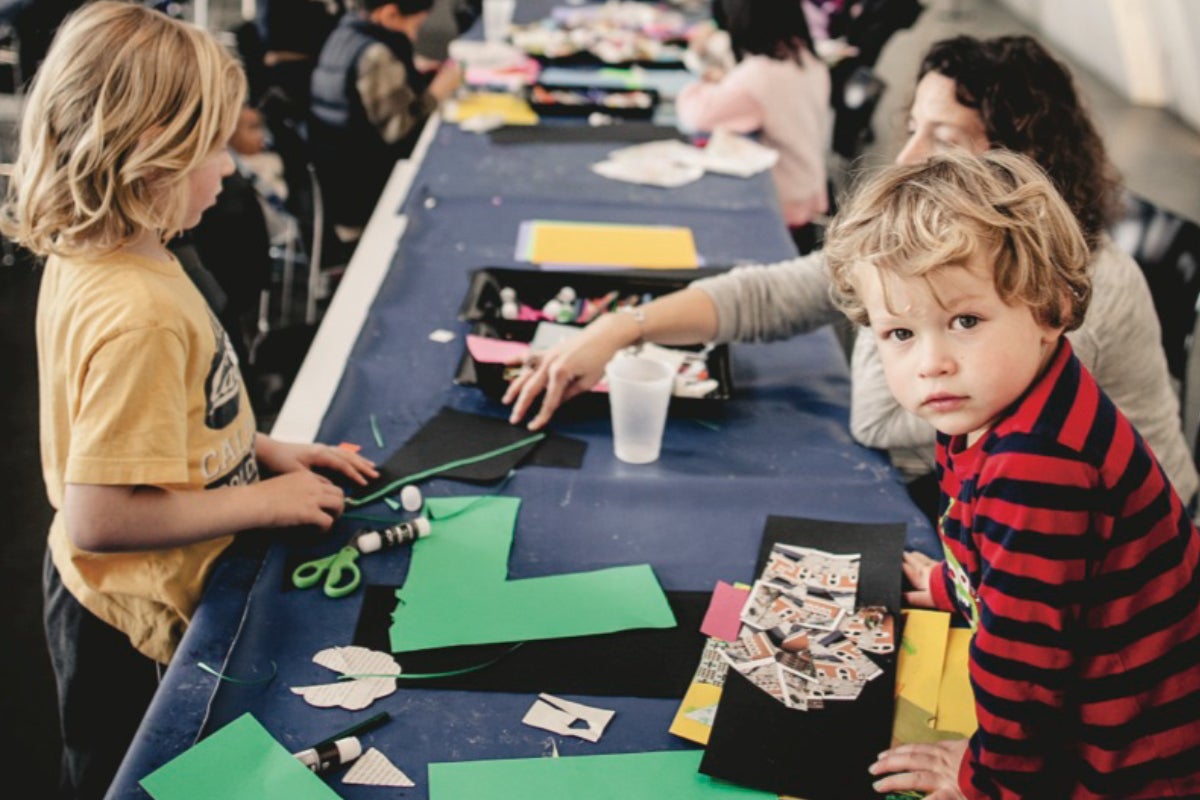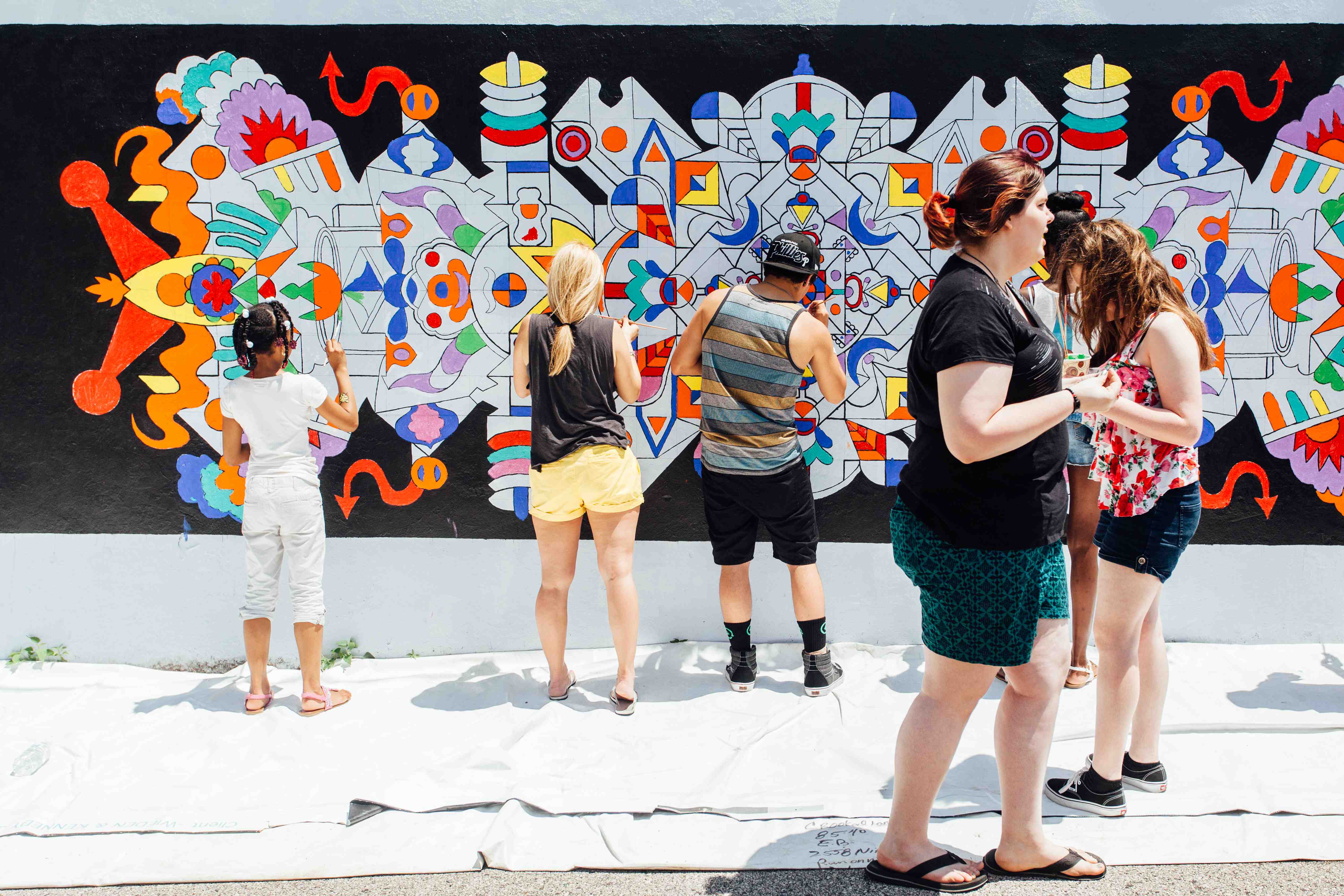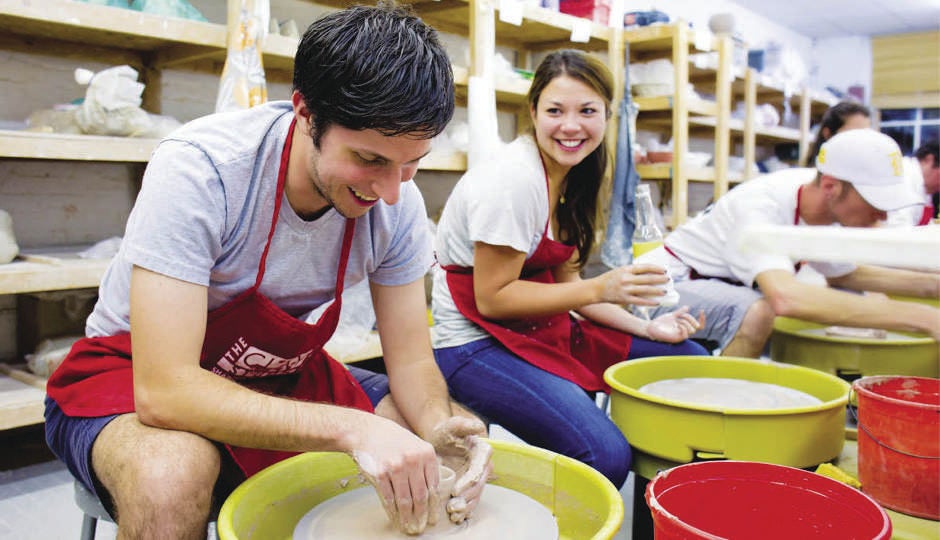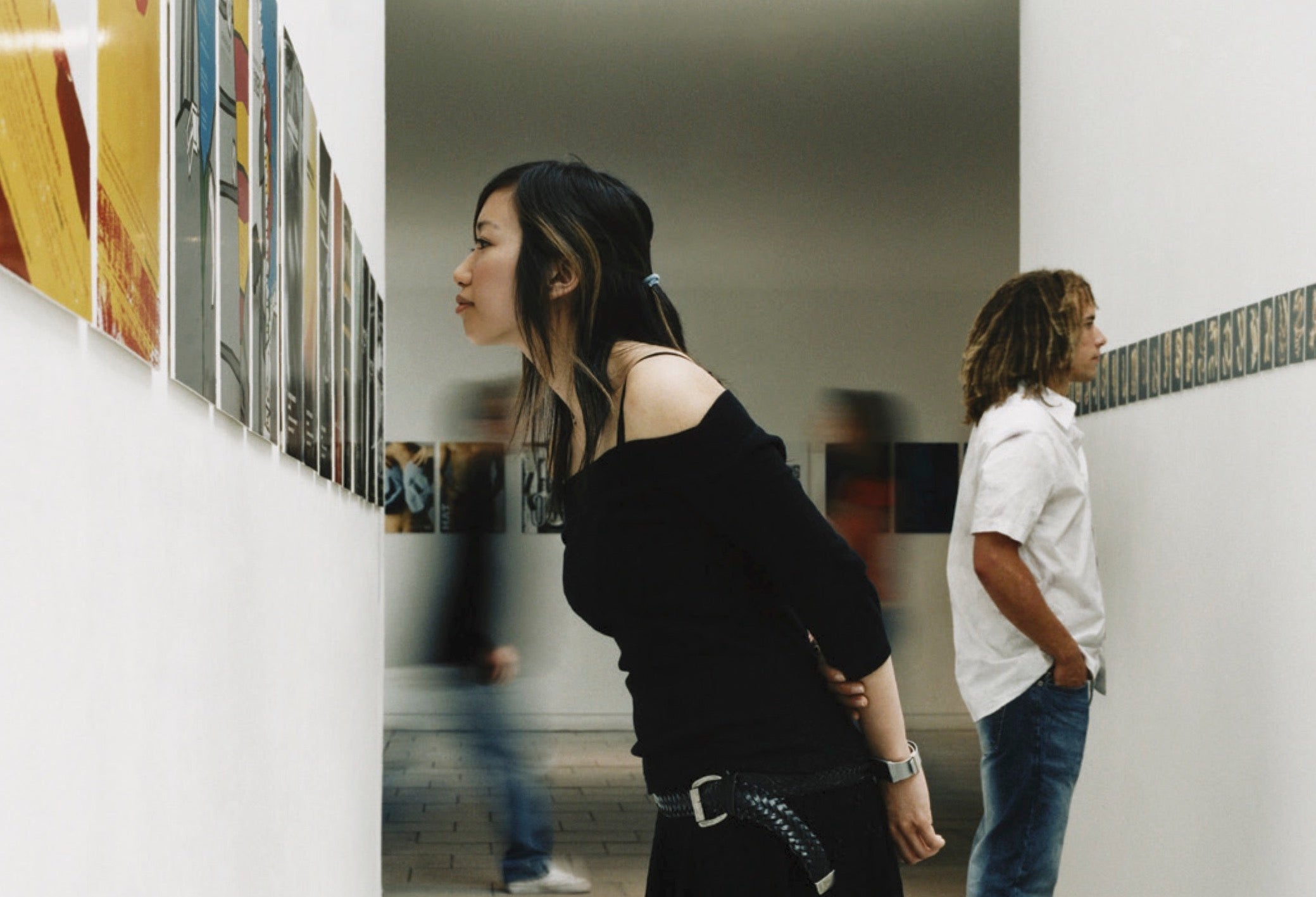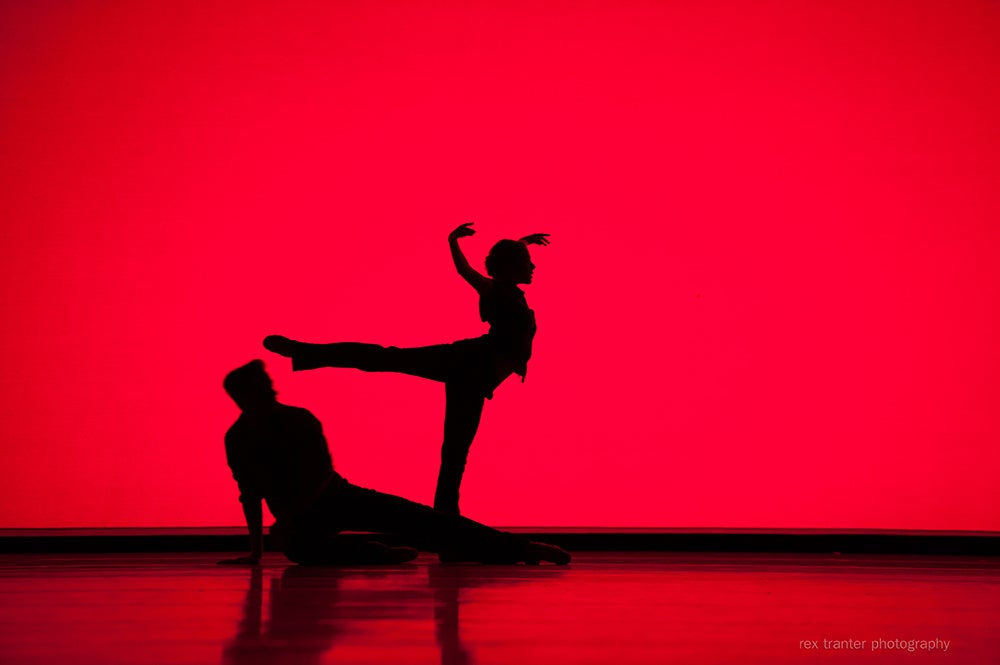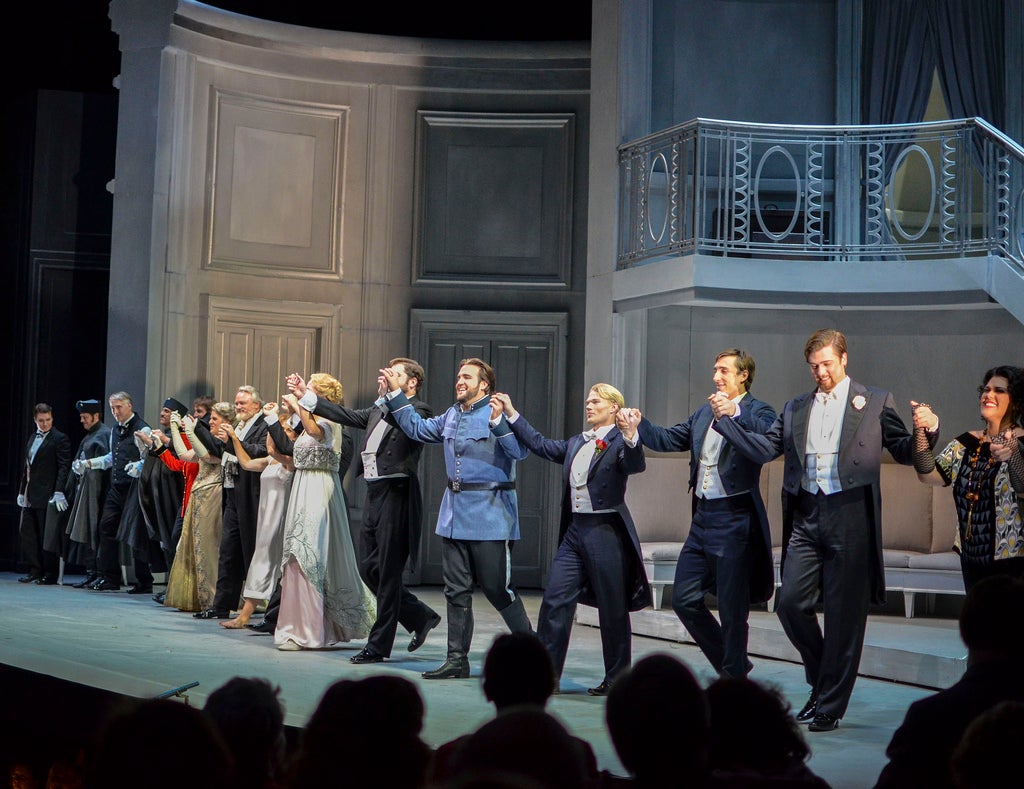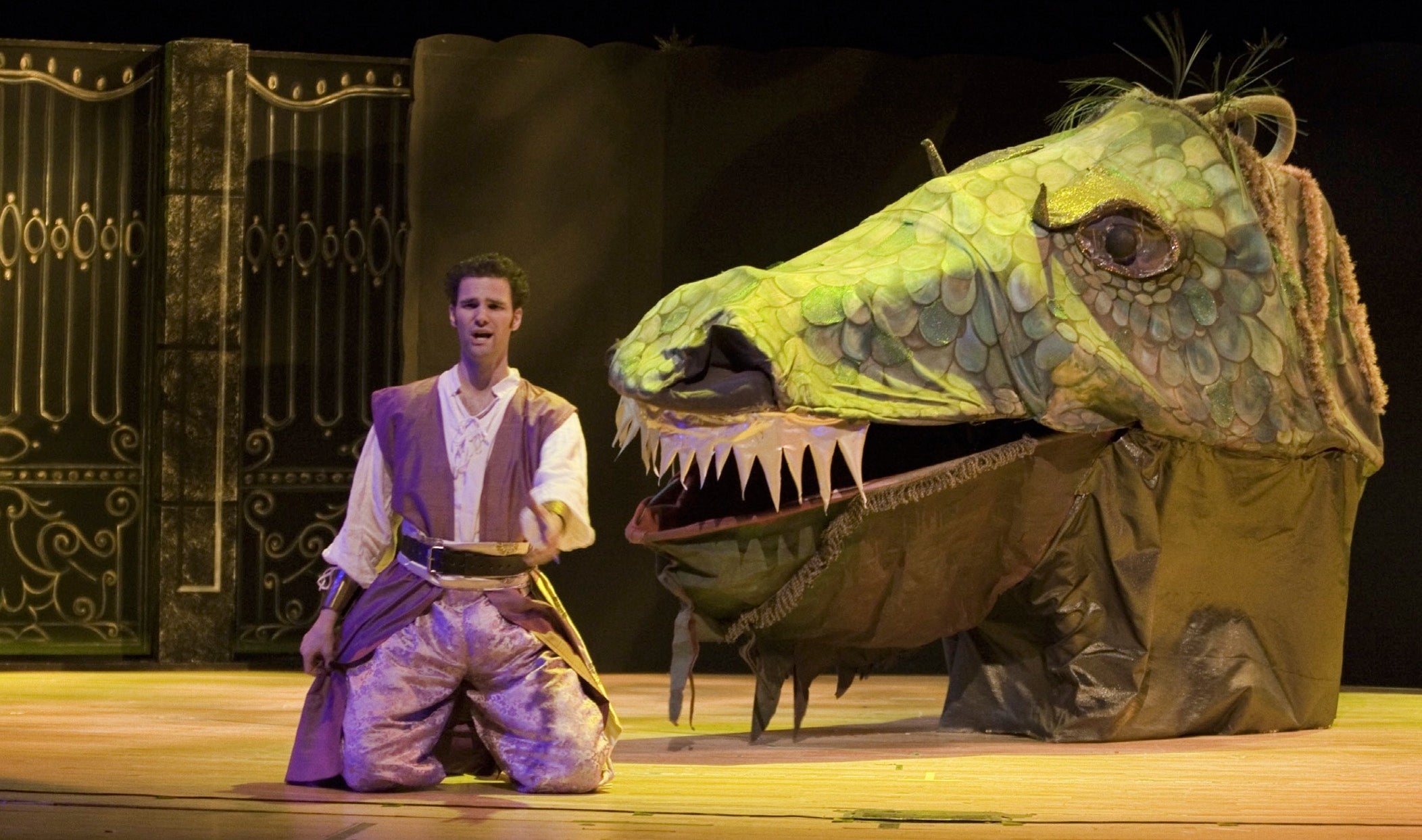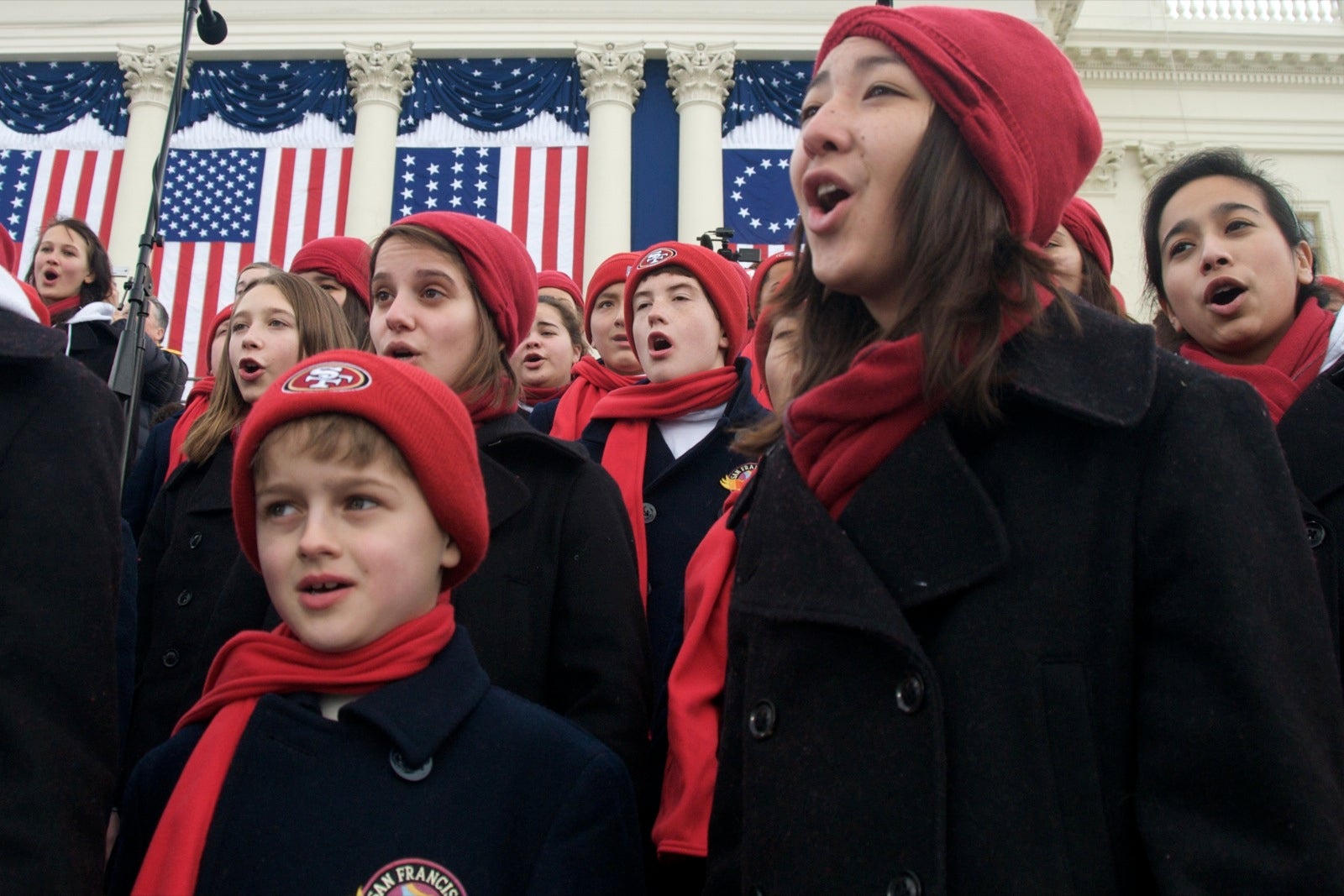Breadcrumb
- Wallace
- Reports
- More Than Just A Party How The I...
More Than Just a Party
How the Isabella Stewart Gardner Museum Boosted Participation by Young Adults
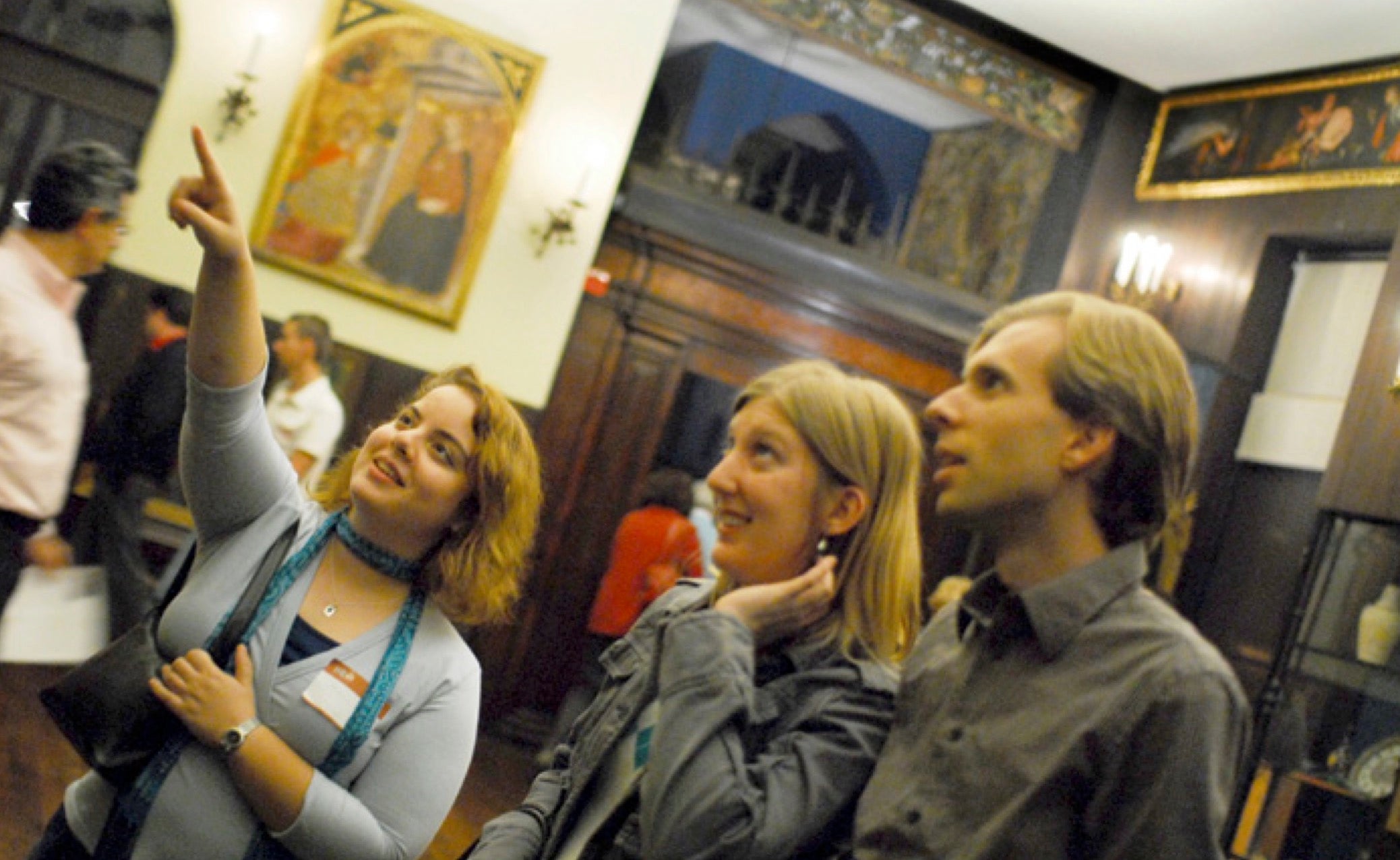
- Author(s)
- Bob Harlow
- Publisher(s)
- Bob Harlow Research and Consulting, LLC
Summary
How we did this
This case study examines the efforts of the Isabella Stewart Gardner Museum to attract more young adults, while also encouraging them to engage with the art. It is the product of multiple interviews with key staff and analysis of program elements, budgets, and planning documents.
The Isabella Stewart Gardner Museum wanted to find ways to attract more young adults. But the task was compounded by a tricky challenge: staying true to the institution’s idiosyncratic mission, by encouraging visitors to engage with the art.
This case study looks at how the Gardner Museum was able to pull off that sleight of hand successfully.
The article is part of a set of case studies and reports looking at the efforts of arts organizations that received Wallace Excellence Awards to reach new audiences and deepen relationships with current ones. The pieces examine projects at 10 of the 54 organizations that received WEA grants between 2006 and 2014.
A 2017 update looks at the Gardner’s continued efforts to engage young adults.
An Old-Fashioned Ambience
Wealthy art patron Isabella Stewart Gardner created the museum at the turn of the 20th Century to house her vast art collection. First and foremost, she wanted visitors to engage directly with the art, which had no labeling for that reason.
In addition, Gardner’s will dictated that the arrangement of the artwork could not be changed, so as to preserve her aesthetic vision. As a result, the museum has a distinctly old-fashioned ambience.
Creating After Hours
The organization’s senior management allowed a team of young middle managers to plan and run a monthly evening event—After Hours—aimed at attracting young adults who would both enjoy themselves and explore the art.
Their approach included such innovations as:
- Hosting games that enabled visitors to explore the artwork
- Using hip, young volunteers to serve as friendly guides
- Offering group sketching, whereby visitors could draw, using paper and pencils provided by the museum
- Giving accessible 15-minute talks that focused on one small part of the collection
The staff also revamped marketing. That included new promotional materials with provocative imagery. In addition, street teams, working with the Phoenix Media Group, handed out information about After Hours.
Plus, they managed to turn the museum’s old-fashioned atmosphere into a plus. To that end, they used the environment to create a moody, romantic ambience.
Exceeding Expectations
After Hours took time to build momentum. But by making continual improvements, the staff created a hit—a program that exceeded expectations. Seventy-three percent of visitors fall into the target demographic; 93 percent explore the galleries; and the museum has recruited 241 new members. Seventy-two percent of visitors ages 18 to 34 said they were “extremely likely to recommend” the Gardner Museum’s After Hours program to a friend.

Success hinged on allowing a group of people the same age as the museum's target demographic to be in charge.
Key Takeaways
- The Isabella Stewart Gardner Museum wanted to find a way to attract more young adults, while also ensuring they engaged with the art.
- Senior management allowed a team of young middle managers to plan and run a monthly evening event.
- The staff introduced such innovations as hosting games that enabled visitors to explore the artwork and using hip, young volunteers to serve as friendly guides.
- Seventy-two percent of visitors ages 18 to 34 said they were “extremely likely to recommend” the Gardner Museum’s After Hours program to a friend.
Visualizations
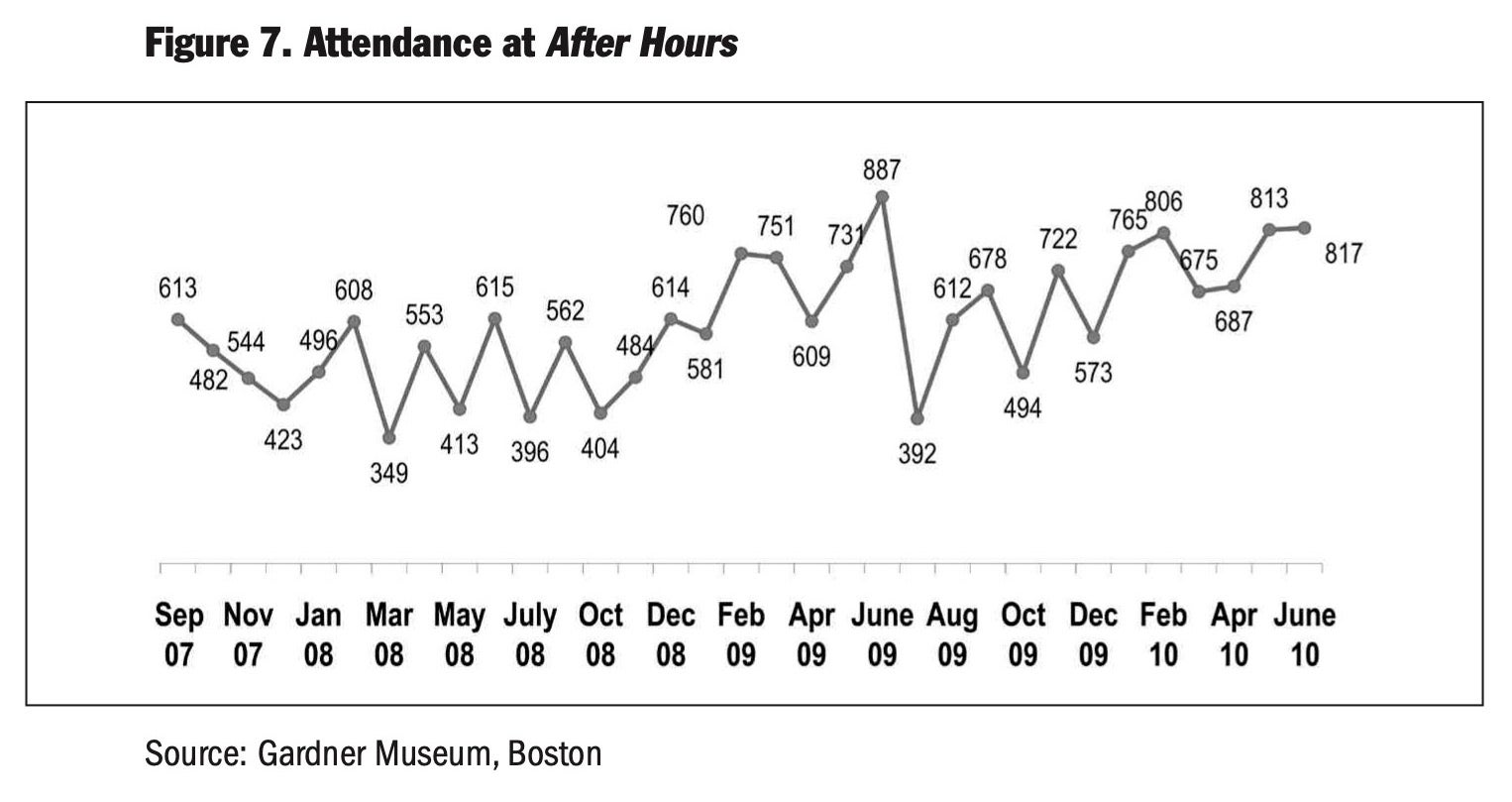
Watch the Program in Action
What We Don't Know
- How many After Hours visitors become daytime attendees?
- Has the Gardner been able to attract more corporate support?
